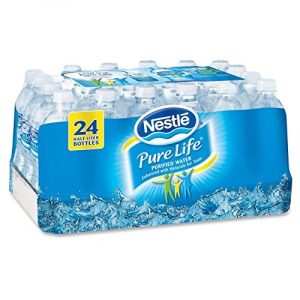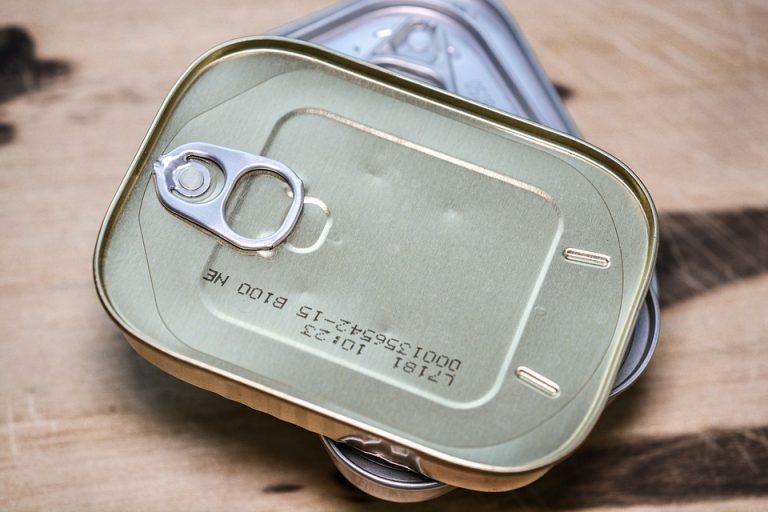In times of crisis, ensuring a steady supply of clean water is paramount. Access to safe drinking water becomes even more critical during emergencies, whether they be natural disasters, power outages, or other unforeseen circumstances. As part of a comprehensive emergency preparedness kit, it is vital to have a clear understanding of the various methods available for obtaining and purifying water. This article outlines some effective techniques to ensure a clean and safe water supply in emergencies.

Stockpile Bottled Water
One of the simplest and most effective ways to ensure access to clean water during emergencies is to stockpile bottled water. It’s recommended to store at least one gallon of water per person per day for at least three days. Store the water in a cool, dark place away from direct sunlight to prevent bacterial growth and contamination. Regularly check the expiration dates and replace the water as needed.
Water Filtration Systems
Investing in reliable water filtration systems is crucial for emergency preparedness. Portable water filters, such as those with built-in purification capabilities, can effectively remove harmful contaminants, bacteria, and parasites from untreated water sources. Look for filters that meet the EPA standards for water purification and can handle various types of water sources, including rivers, lakes, and even tap water during boil advisories.
Boiling Water
Boiling water remains one of the oldest and most reliable methods of purifying water in emergency situations. To effectively kill harmful microorganisms, bring the water to a rolling boil for at least one minute (or three minutes if you’re at an altitude of 6,562 feet or higher). Allow the water to cool before consumption. While this method is effective, it requires a heat source and may not be practical in certain circumstances.
Chemical Water Treatment
Chemical water treatment is a convenient method for purifying water when other resources are limited. Water purification tablets, such as those containing chlorine dioxide, iodine, or other disinfectants, can effectively kill bacteria and viruses. It’s essential to follow the manufacturer’s instructions carefully, including the recommended waiting time before consuming the treated water. Be cautious if you have iodine allergies or are pregnant, and consider consulting a healthcare professional.
Rainwater Harvesting
Rainwater harvesting is a sustainable method of obtaining clean water, especially in areas with regular rainfall. Collect rainwater using clean containers, and ensure that the containers are covered to prevent contamination. Filter the collected rainwater using a fine mesh screen or a commercial rainwater harvesting system. It’s crucial to monitor the water quality regularly and treat it using appropriate purification methods if needed.
Conclusion
Water is a fundamental necessity for human survival, making it an indispensable component of any emergency preparedness plan. By understanding and implementing various water purification techniques, individuals and communities can ensure access to clean and safe water during times of crisis. Being well-prepared and equipped with the necessary knowledge and resources can significantly mitigate the risks associated with waterborne diseases and contamination, ultimately safeguarding public health and well-being during emergencies.
Recommended Products
These are some of the products we recommend for water purification and storage.







